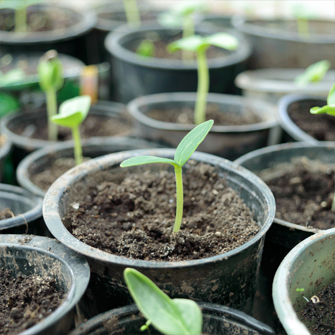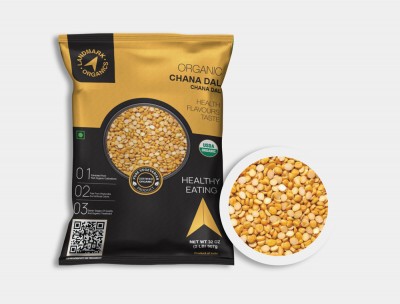Chana dal is produced by removing the outer layer
of black chickpeas and then splitting the kernel. Although machines can do
this, it can be done at home by soaking the whole chickpeas and removing the
loose skins by rubbing. They are packed with energy and rich in fiber,
vitamins, and minerals. These pulses are among the most important staple foods
in South Asian countries, and form an important part of the cuisines of the
Indian subcontinent.
Cooked (boiled) dal contains 9% protein, 70% water, 20 ?rbohydrates (includes 8% fiber), and 1?t.[7] It also supplies a rich content (20% or more of the Daily Value, DV) of the B vitamin, folate (45% DV) and manganese (25% DV), with moderate amounts of thiamine (11% DV) and several dietary minerals, such as iron (19% DV) and phosphorus (18% DV).
Most dal recipes are quite simple to prepare. The standard
preparation begins with boiling a variety of dal (or a mix) in water with some
turmeric, salt to taste, and then adding a fried garnish at the end of the
cooking process.
- In some recipes, tomatoes, kokum, unripe mango, jaggery, or other ingredients are added while cooking the dal, often to impart a sweet-sour flavour.
- Excellent source of energy and protein
- Diabetic friendly, Lowers blood pressure
- High fiber & useful for weight loss
- Good for bones and teeth
- It provides the benefit of strong immunity as per Ayurvedic medicine.
- No cholesterol and trans fat
- Authentic organic products. Free from artificial fertilizers, colors, flavors and preservatives
- We collect the foods directly from the Indian farmers.
- Products are free from chemicals and cultivated under traditional treatment.
- We ensure the purity of this product with vacuum pack or bag and maintenance also make sure that it is free from impurities and contamination.

